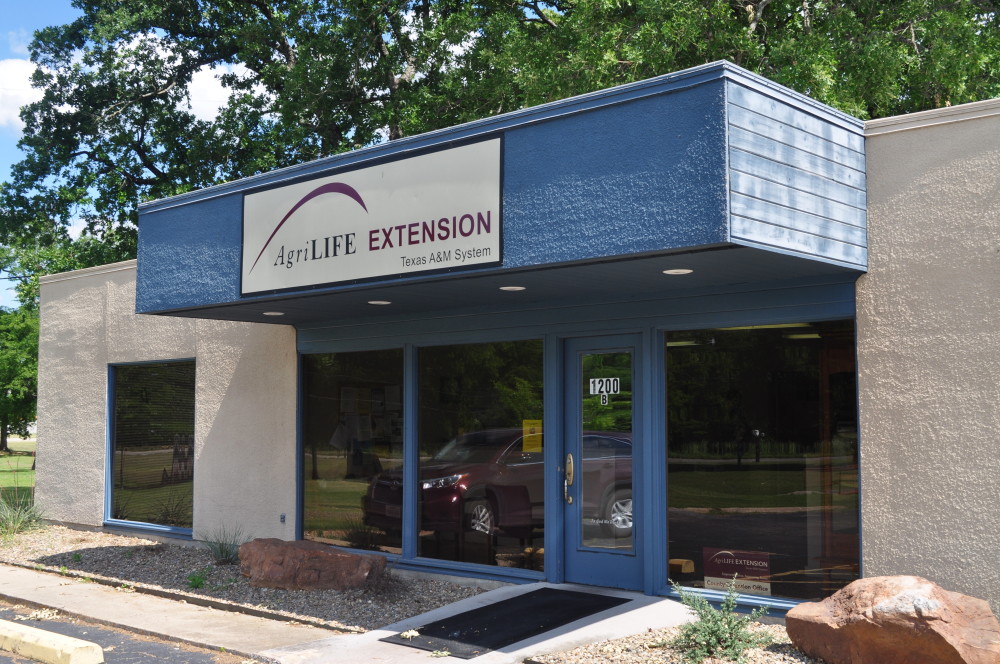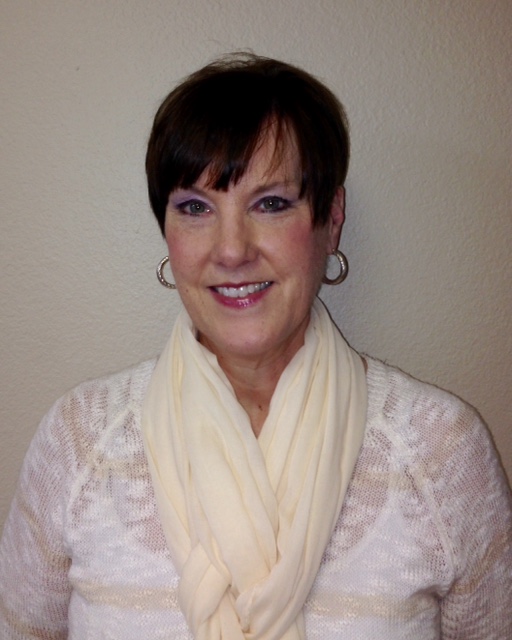
Every parent wants the best for their child’s future, and one of the best ways to make sure your child will have a bright future is to be sure that you are correctly using the correct car seat for your child…and that the seat is correctly installed in your vehicle. The problem is that keeping them safe in vehicles isn’t as easy as it might appear. Most parents think they are using their car seat correctly, but unfortunately, at least three out of four car seats are used incorrectly.
For a car seat to best protect your child, it must be the one that fits your child, your vehicle, and one that you will use correctly every time you travel. That’s why I am urging all parents and caregivers to attend the child safety seat checkup event, scheduled for Wednesday, April 3. Certified technicians will be available to provide on-site child safety seat inspections and education from 1:00 to 4:00 p.m. at the Lowe’s parking lot in Sulphur Springs.
Securing your children properly in age- and size-appropriate safety seats – in the back seat of your vehicle – is the most effective thing you can do to protect them in the event of a crash. In fact, in motor vehicle crashes, child safety seats reduce the risk of a fatal injury by 71% for infants and 54% for toddlers. For a child safety seat to do its job correctly, it has to be:
· Appropriate for your child’s age and size
· Installed properly in your vehicle
· Adjusted to fit your child securely
Parents are reminded to keep children rear-facing until they reach the limit of their rear-facing convertible seat, which is usually 40 pounds or more. Also, children should stay in a 5-point harness system until they reach the highest limit of the seat. Booster seats are for children who are at least age 4 and 40 pounds or more, and mature enough to sit still in a booster. Finally, keep children in a booster seat until the seat belt fits correctly. This is usually sometime between ages 8 and 12. The average child fits in a seat belt at age 11.
If you’re a parent or caregiver, don’t miss this opportunity to have a free child safety seat inspection by a certified child passenger safety technician. The law requires all children under age 8, unless taller than 4 feet, 9 inches, to be in a child safety seat system. Keep in mind that the law is always the minimum. Care seat technicians will be able to provide education on best practices.
Follow these guidelines from American Academy of Pediatrics to keep your children riding safely:
· Infants and toddlers – Rear-facing only and convertible seats. All infants and toddlers should ride in a rear-facing seat until they reach the highest weight or height allowed by their car seat manufacturer.
· Toddlers and pre-schoolers – Convertible and forward-facing seats with a harness. Children who have outgrown the rear-facing weight or height limit for the convertible seat should use a forward-facing seat with a harness for as long as possible, up to the highest weight or height allowed by the manufacturer.
· School-age children – Booster seats. Children who weight or height exceeds the forward-facing limit for their car seat should use a belt-positioning booster until the vehicle seat belt fits properly, typically between ages 8 and 12.
· Older Children – seat belts. When children are old enough and large enough to use the seat belt alone, they should always use lap and shoulder seat belts for best protection.
To participate in the Child Safety Seat Check-up, bring your child with the seat secured in your vehicle. Be sure to know the child’s height and weight. A limited number of safety seats will be available if your seat is expired or not the correct size for your child.
Do Well, be Well with Diabetes
Have you or a loved one been diagnosed with type 2 diabetes? Do you need help understanding how to manage the disease? Do you care for a loved one with type 2 diabetes and need guidance on how to best assist them? If you answered “yes” to any of these questions, you won’t want to miss the spring, 2019 “Do Well, Be Well with Diabetes” series. The dates are Mondays and Thursdays, March 11, 14, 18, 21, and 25, at the Hopkins County Extension Office, 1200 W. Houston, Sulphur Springs. Sessions will take place at 6:00 p.m., and a 1:30 session will be added if enough interest in an earlier session is shown.
Cost of the series is $25, payable at the first session. The fee covers all materials, recipes, sampling, door prizes, and incentive items. If the fee is a hardship, scholarships are available, so please don’t let that stand in the way of your attendance. Call 903-885-3443 to sign up.
Closing Thought
A positive attitude may not solve all your problems, but it will annoy enough people to make it worth the effort – Herm Albright
RECIPE OF THE WEEK
Black Bean and Rice Salad
Ingredients:
· 1 cup cooked and cooled brown rice
· 1 cup chopped onion
· ¼ cup chopped green bell pepper
· 1 cup chopped red bell pepper
· 15-ounce can no-salt added black beans drained and rinsed
Dressing:
· 1 cup white wine vinegar or lemon juice
· ½ teaspoon dry mustard powder
· 1 garlic clove, chopped or ½ teaspoon garlic powder
· 2 tablespoons canola oil
· ¼ teaspoon black pepper
· Dash of salt (optional)
Directions:
1) In a large mixing bowl, stir together rice, onion, peppers, and beans
2) In a jar with tight-fitting lid, add vinegar, dry mustard, garlic, canola oil, salt and pepper. Shake until dressing is evenly mixed.
3) Pour dressing over bean mixture and stir to mix evenly. Chill for at least one hour. Makes 3 servings.
Nutritional information per serving: 300 calories; 10 g total fat; 1 g saturated fat; 0 mg cholesterol; 43 g total carbohydrate; 10 g fiber






